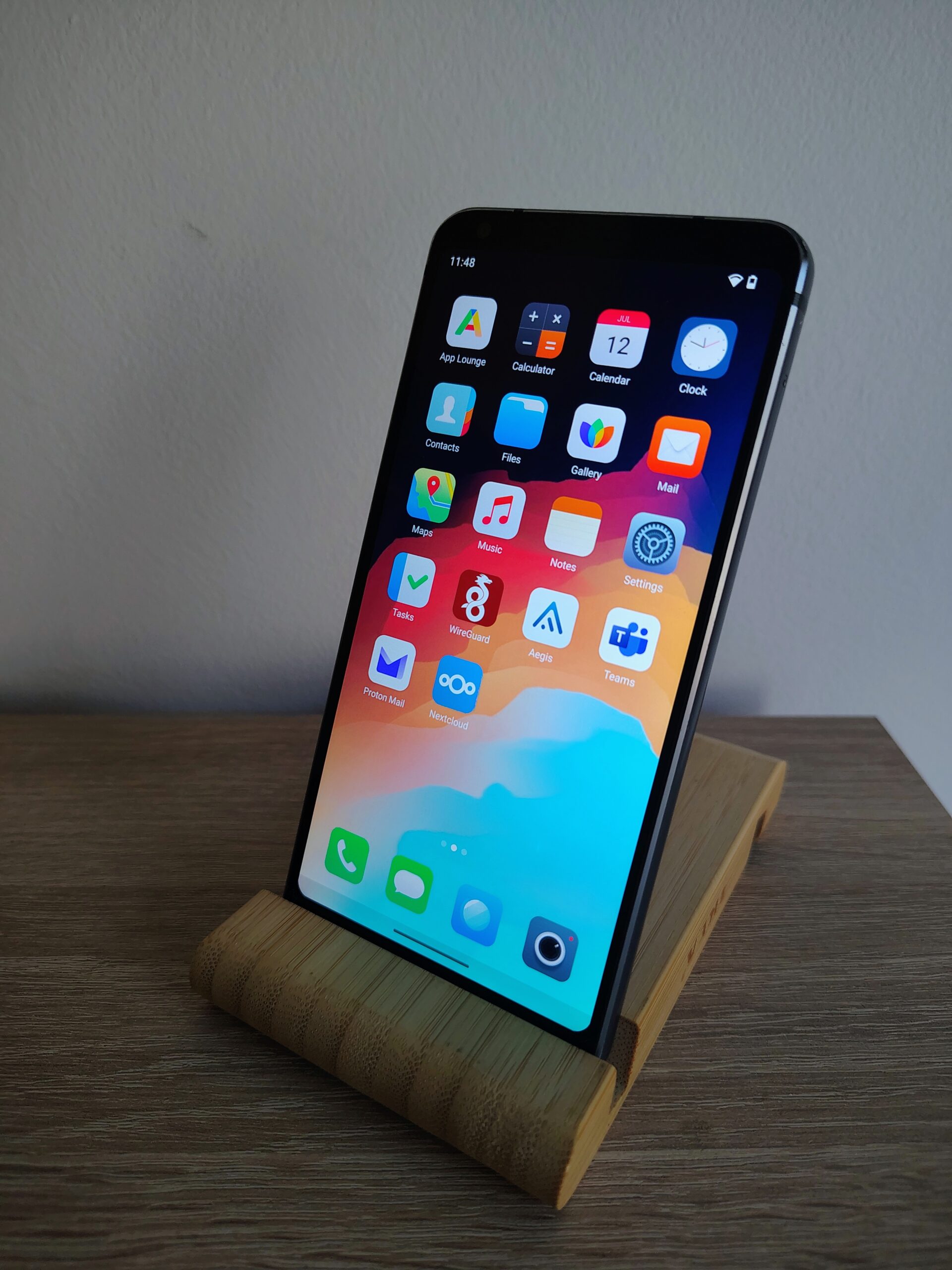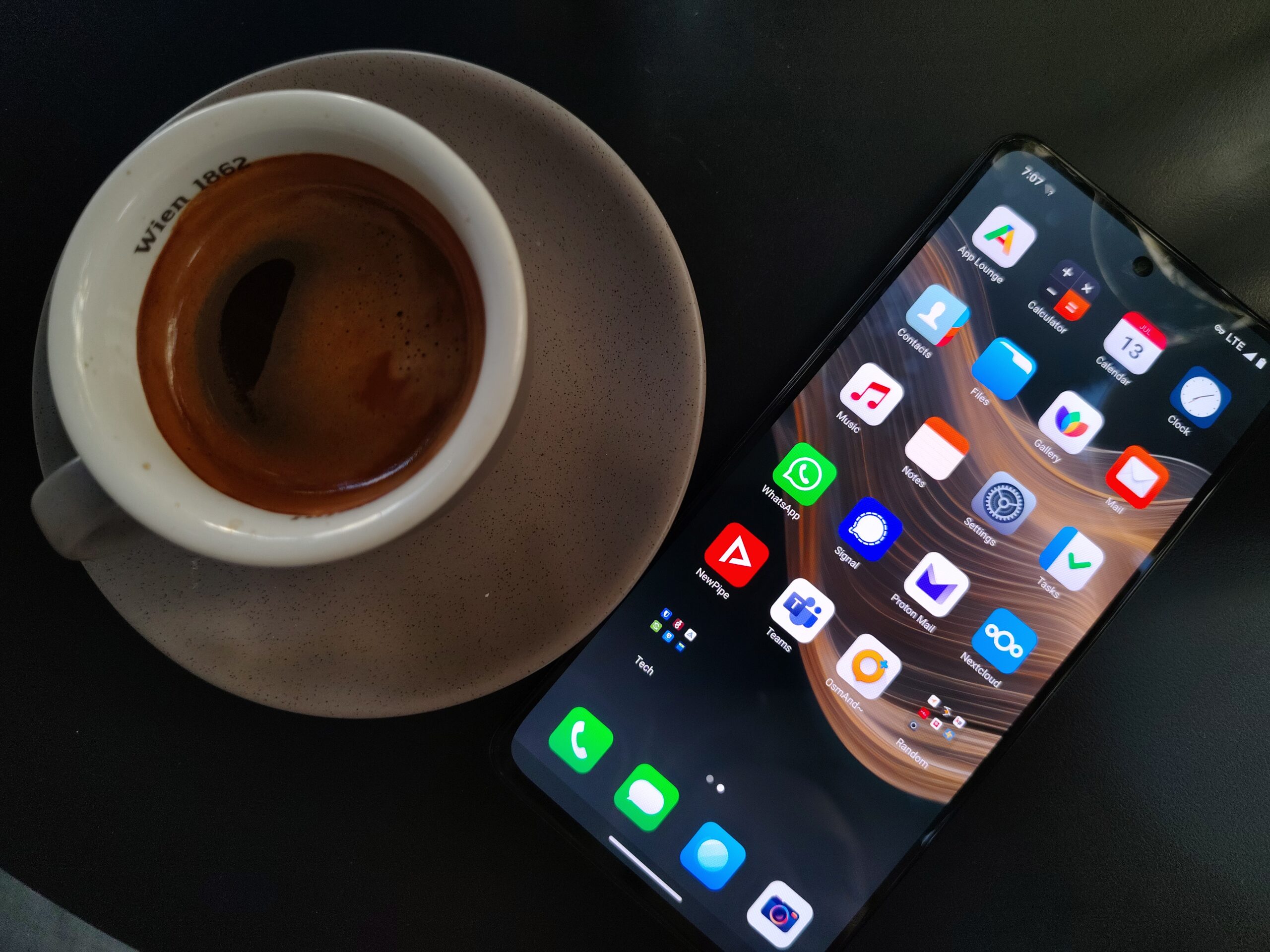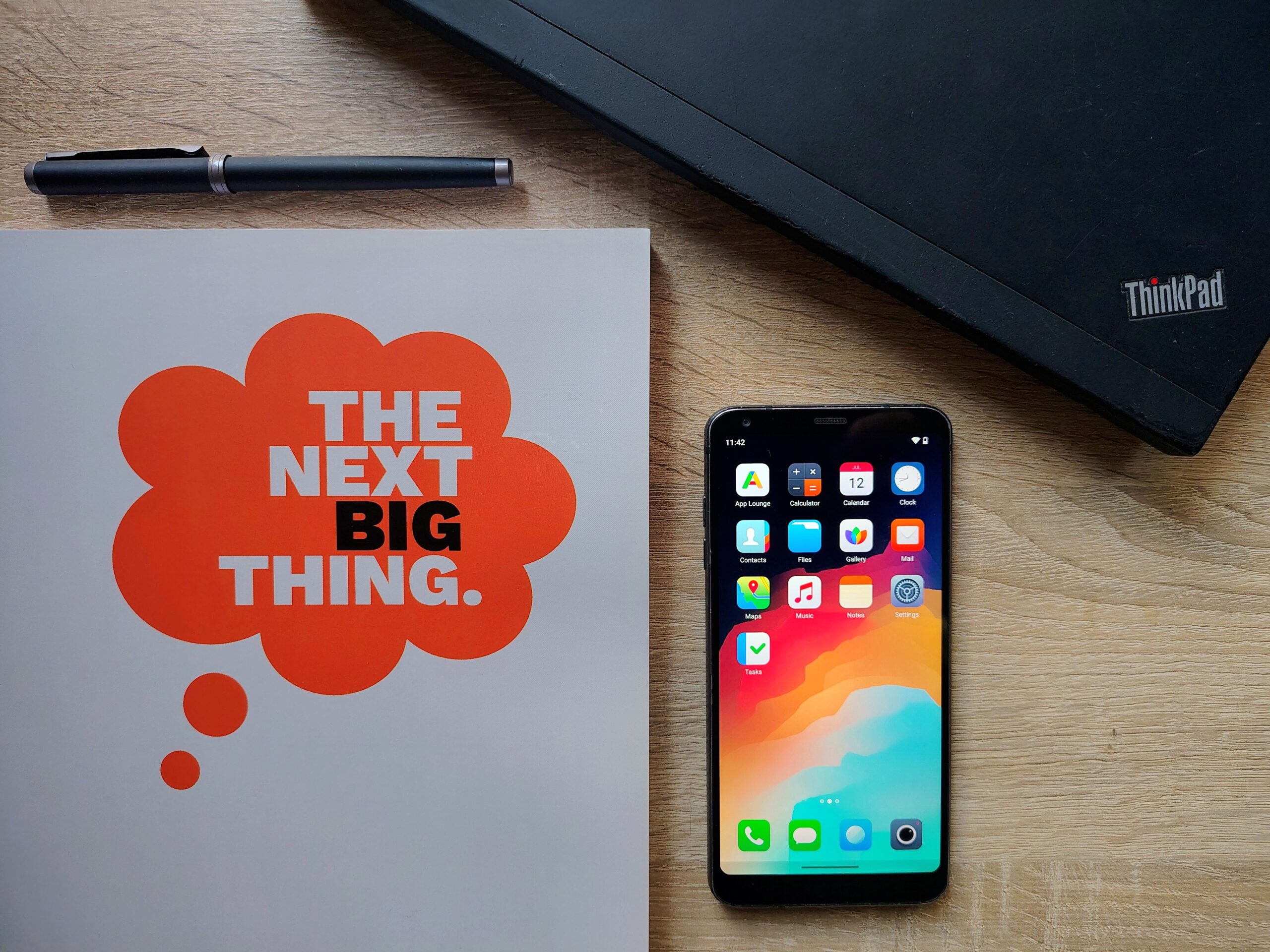Hey, ever wondered what happens when you install /e/OS on a phone from a dusty drawer?
With Android smartphones getting bigger and more complex, and Google keeping a close eye on them, it’s nice to use custom ROMs, microG, and similar options. As for the physical aspects of a phone, a 6.1-inch screen is considered compact these days. Crazy. Hey, have you ever thought about what it’d be like if there was an alternative? Like, what if there was a super compact phone with a simple, private, and secure Android system that was well-integrated?
My LG G6, the old champ from 2017, was just sitting in a drawer for about a year. Before that, it was used a lot since it was released on the market. It might’ve been considered a big phone at one point, but now it feels nice and compact, and it’s super practical. I wanted to give it a new life—without Google, without a bunch of unnecessary apps, without AI enhancements, and with a system that respects privacy. I decided to try out /e/OS for a week.
A new life for an old phone

The LG G6 was used by someone else for two or three years before I got it, and then I used it for three full years. It’s got its share of scars, like a scratched camera, a loose USB port, and a screen that can’t keep up with the speed of modern panels. I’m used to 120Hz, so 60Hz screens feel “heavy” now. I’m a bit disappointed that the LG G6’s LCD IPS screen didn’t meet my expectations.
Even so, using the small, simple phone was surprisingly comfortable. I’ve totally stopped thinking about how a phone is held and if it can be used with one hand when I’m judging phones. Now I think that should be one of the main things I look for. It doesn’t feel like it’s in the pocket of the pants, and it doesn’t ruin their shape (which is important for people who wear suits).
The battery is decent, the size is perfect for one hand, and the design is still nice. No massive cases, no unnecessary sensors—just the basics. And it was exactly what I needed, even if I didn’t realize it at the time.
I think I’ve developed a new desire: a modern, compact Android phone with a simple and elegant design.
Manual installation and pleasant surprise
I was pleasantly surprised by the manual installation.
I decided to install /e/OS manually via the console from the computer. It was a bit of a challenge, especially with the loose USB port, but with some practice and good instructions, it all went smoothly. The process is similar to the one used for Lineage OS. You just flash the boot partition, boot the recovery partition, and then flash the ROM via ADB.
The /e/OS installation instructions are pretty good, even for beginners, and the list of supported devices is long. But keep in mind that for most devices, the current ROM is usually behind the current Android and Lineage OS versions. This might be an issue for some folks, especially if they’re searching for specific features like the Modes option, which isn’t available for Android 13 (based on /e/OS for the LG G6). I actually missed that while I was at work.
I was hooked right after the first boot. It’s got a minimalist design, simple icons, and everything is where it should be. It’s not bloatware, and there’s no Google. The system is light, the interface is fast, and the navigation is natural.

Apps that respect your privacy
Privacy is important to me, so I was using de-googled systems long before this experiment. I haven’t used a Google account in years, and I’m used to alternatives. /e/OS gave me a logical next step on that path. MicroG, a replacement for Google Play Services, works like a charm. Notifications, logins, and applications that require Google APIs work perfectly.
Since breaking up with Google, I’ve only had what I really need on my phones: ProtonMail, Bitwarden, Signal, Aegis Authenticator, OsmAnd for navigation, and a few stock Android apps. It was the same with the /e/OS installation. I installed everything through App Lounge, which works stably even in anonymous mode — something I’ve had trouble with before on the Aurora Store.
But the app for my banking is an exception. I tried both, the version that uses Google Play Services and the version from Huawei AppGallery, which doesn’t use them. None of them worked. But there might be a few things going on here, and I didn’t start an argument.
WhatsApp, Signal (Play Services version), Microsoft Teams, ProtonMail, local train apps, and my mobile provider’s app all work just fine. As for FOSS applications, they work like they should.
Still, years are years…
Now, let’s talk about the hardware. As great as that little phone was, the LG G6 is showing its age. The refresh rate of 60 Hz makes the screen sluggish, and the phone gets hot when you put too much strain on it. The camera doesn’t meet today’s standards. Everything works, but it’s clear you’re using something old. The experiment was a nice change of pace, but it was obvious that /e/OS needed better hardware.
There’s also an unfulfilled desire for a modern version of the LG G6 — a premium, elegant, compact phone that the world deserves.
Transition – forever?
What started as an experiment turned into everyday life. I also put /e/OS on my newer phone, but I keep my LG G6 as a nostalgic side device.
It’s not just about the software. It’s all about having the right mindset — that we can have our privacy without having to give anything up. Even older devices can shine when you give them the right attention.
If you’ve got an old phone, you’re itching to break away from Big Tech, and you’ve got a bit of technical patience, /e/OS is worth a try. And maybe, like it did for me, it’ll change your everyday life.

NB: I’m leaving some room for mistakes because we’re about to start the real in-depth testing of /e/OS now, after I installed it on my main phone.

Leave a Reply